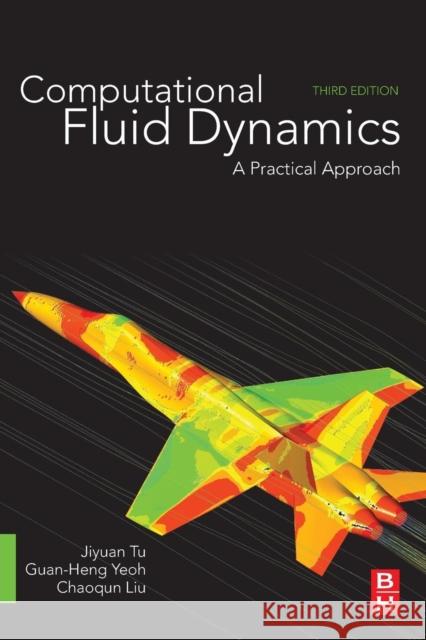Computational Fluid Dynamics: A Practical Approach » książka
topmenu
Computational Fluid Dynamics: A Practical Approach
ISBN-13: 9780081011270 / Angielski / Miękka / 2018 / 498 str.
Kategorie:
Kategorie BISAC:
Wydawca:
Butterworth-Heinemann
Język:
Angielski
ISBN-13:
9780081011270
Rok wydania:
2018
Ilość stron:
498
Waga:
0.77 kg
Wymiary:
22.91 x 15.19 x 2.54
Oprawa:
Miękka
Wolumenów:
01
Dodatkowe informacje:
Bibliografia











